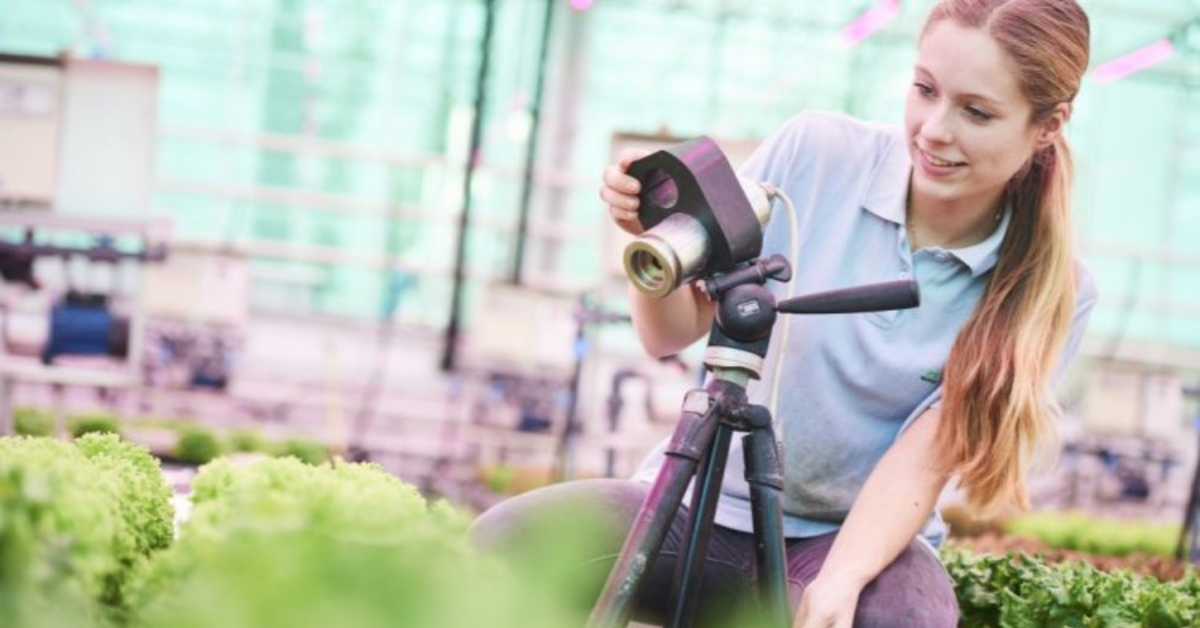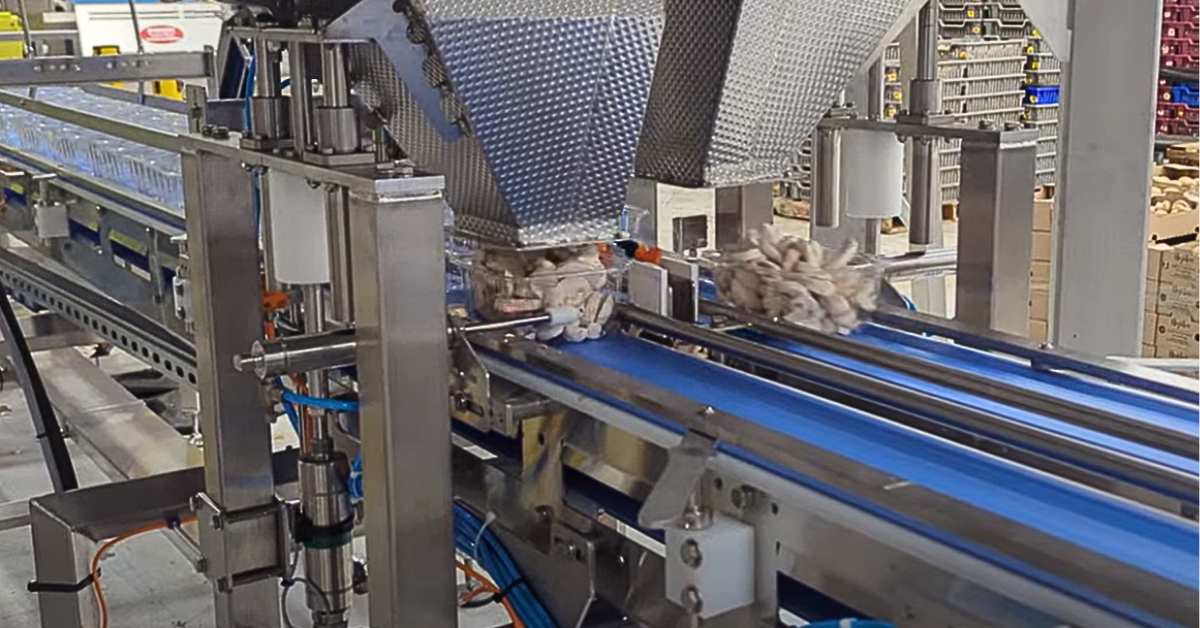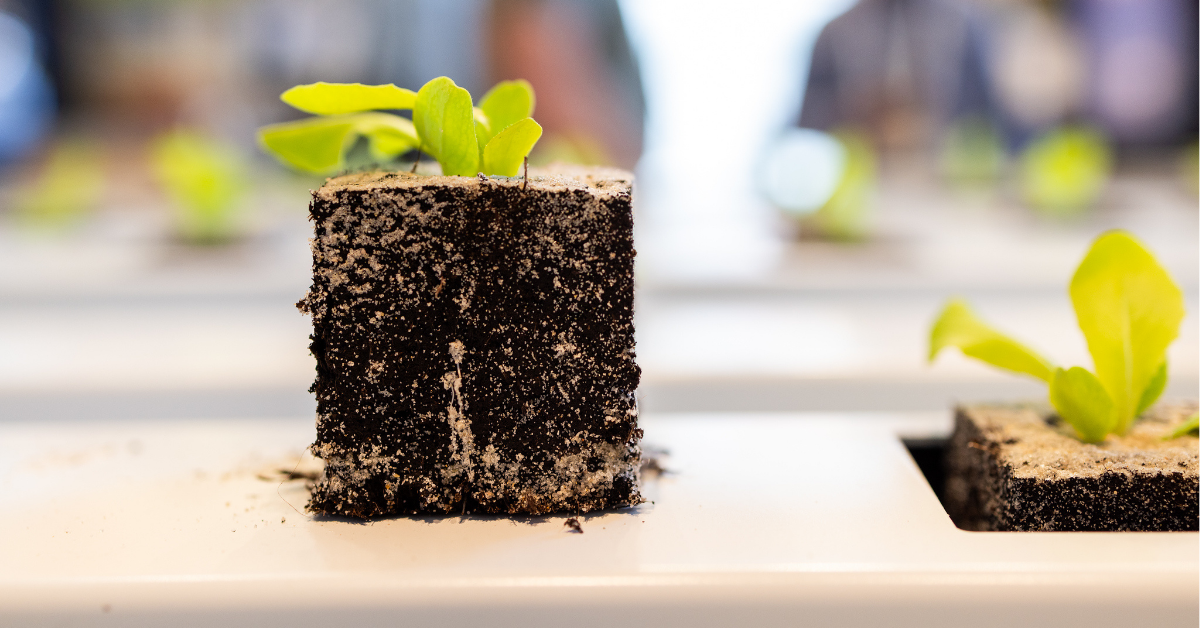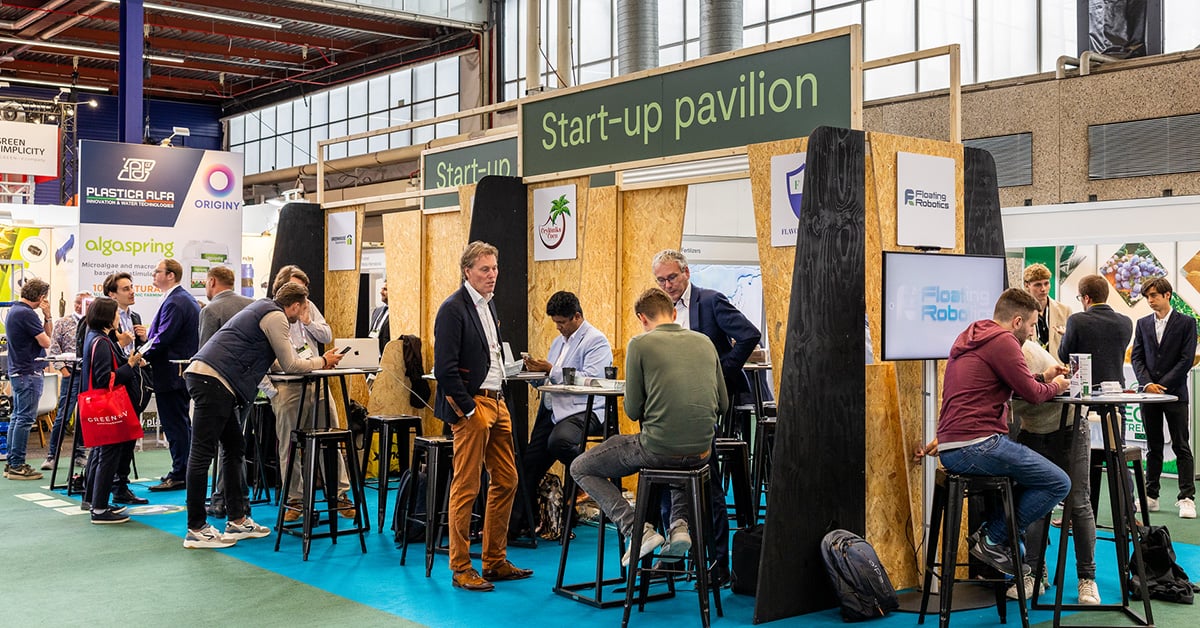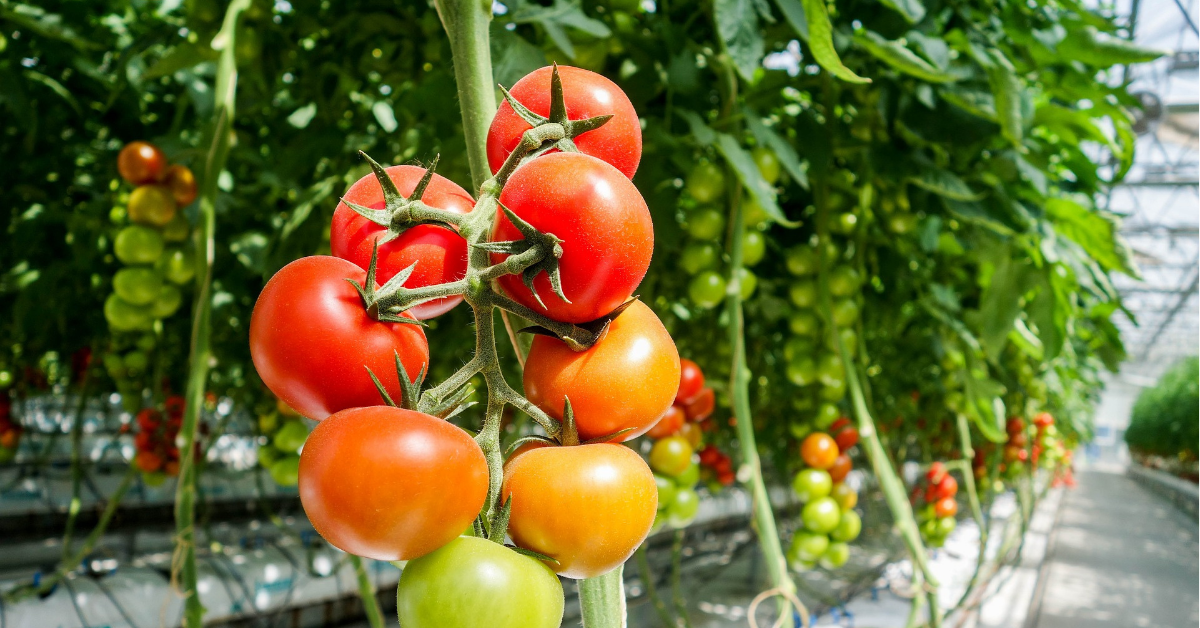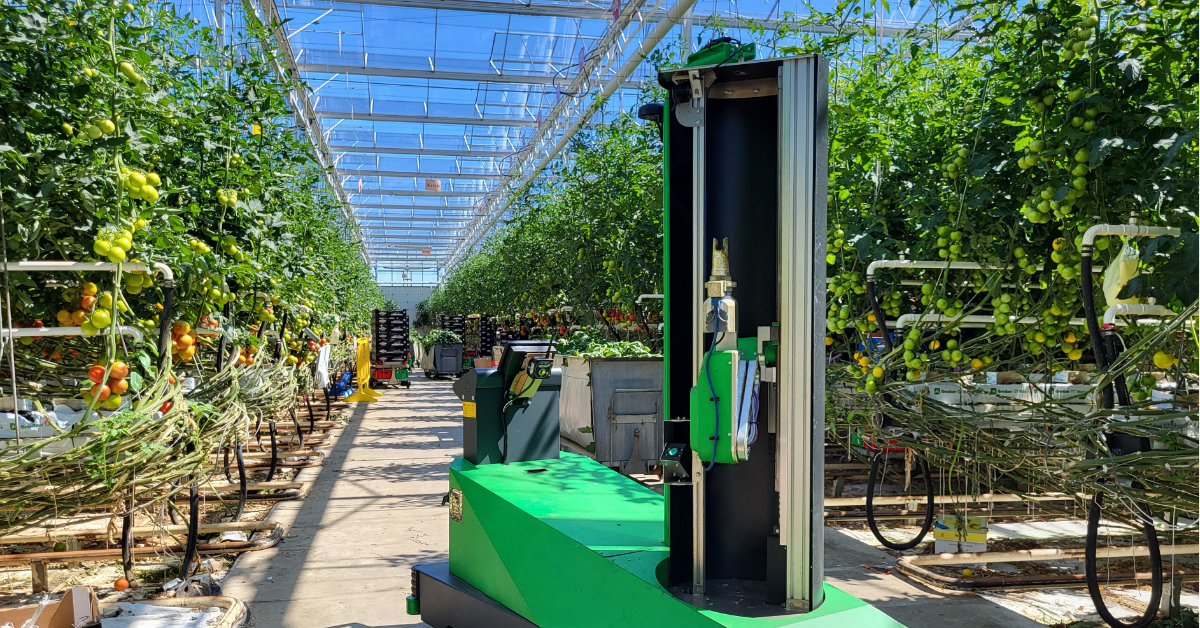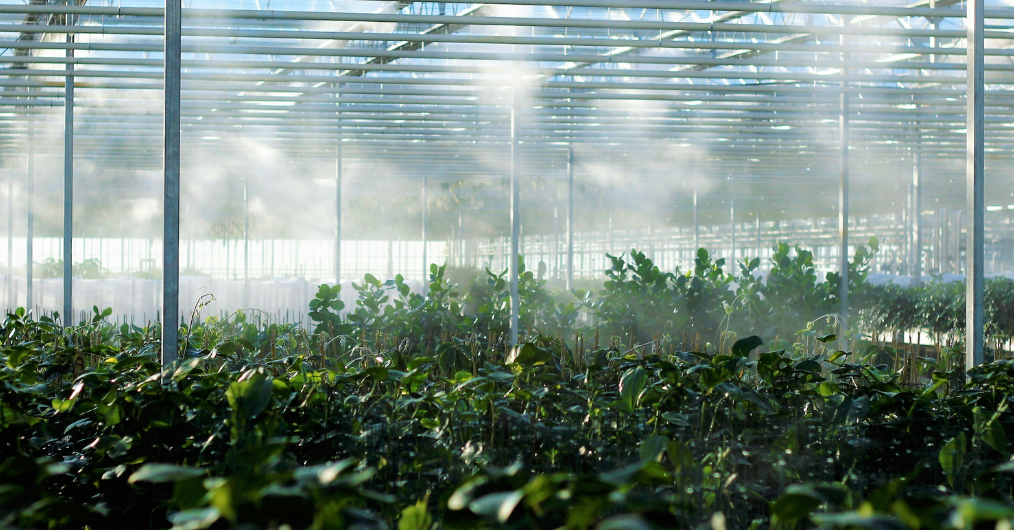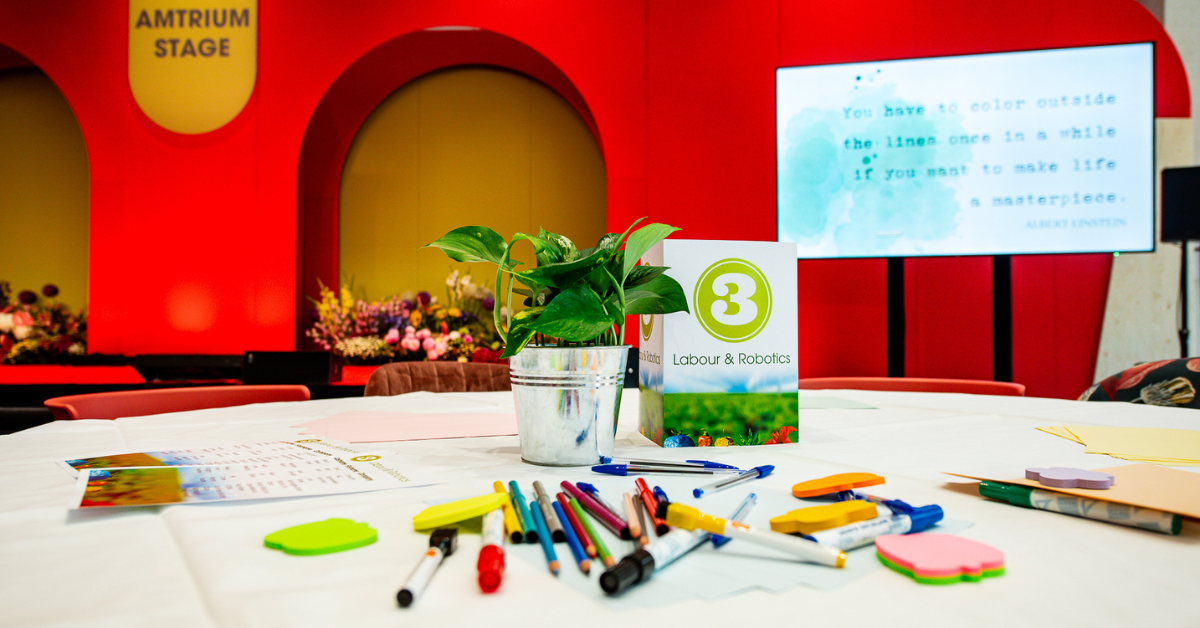‘We need growers with foresight’
In the next years, fewer operations inside the greenhouse will be performed manually. Algorithms, artificial intelligence, and robotics will make things a lot easier for growers. Silke Hemming of Wageningen University & Research and Maren Schoormans of Honest share updates on these developments.
Horticulture is facing major challenges worldwide. The demand for food continues to increase, greenhouse surfaces are increasing, the availability of employees is decreasing and growers have to decide on more and more aspects, such as yield, quality, sustainability, timing, and market forecast. This increasing complexity necessitates the move to a more data-driven approach, said Silke Hemming of Wageningen University & Research during GreenTech Americas in Mexico. By growing in greenhouses, a higher production per square meter can be achieved and products can be produced all year round. In addition, modern cultivation systems ensure that these products can be grown sustainably through efficient use of water and energy, among other things, and the application of biological crop protection. “By automating and digitizing those processes, using sensors in the greenhouse and using robots, growers can be helped to make the right decisions,” says Hemming.
Intelligent algorithms
Wageningen University & Research was the initiator of the Autonomous Greenhouse Challenge, in which international teams grew vegetables in greenhouses via fully automated control with the use of artificial intelligence. The challenge, which took place three times, proved that it is possible to grow autonomously. To do so, it is important that intelligent algorithms are developed, says Hemming. “We are currently working hard to achieve that.” Three cucumber crops were recently planted at the Greenhouse Horticulture Business Unit of Wageningen University & Research as part of the AGROS project. The cultivation of these crops is controlled in different ways: in one greenhouse, operational decisions are made by a group of crop experts, while the other two greenhouses are controlled remotely by a Digital Twin based on a mechanistic model and an artificial intelligence algorithm based on Reinforcement Learning. “The AGROS project aims to realize an autonomous greenhouse in which cultivation is controlled remotely by intelligent algorithms. Advanced sensors measure the most important crop characteristics and thus support the decisions that need to be made to grow profitably.”
Over the past two years, the project has been working on the building blocks to realize such an autonomously controlled cultivation of cucumbers. In addition, the minimum plant characteristics that are essential to be able to make decisions for crop management and climate control have been determined. Sensors have been selected and extensively tested together with partners of the consortium. For properties that could not yet be measured automatically, such as the number of newly formed cucumber leaves, image processing techniques have been developed and are currently being validated. The team has selected two approaches to autonomously manage cultivation. For the first approach, a Digital Twin has been built based on the cultivation and climate models of the Greenhouse Horticulture business unit. This Digital Twin determines the ideal control strategy based on the responses of the simulated climate and virtual cucumber crop. The Digital Twin receives near real-time information about the climate and crop from the sensors in the greenhouse and uses this information to calibrate itself and improve its control strategy. In the second approach, Reinforcement Learning algorithms are trained to link actions to observations. By constantly imitating situations, the model interprets its environment by evaluating the consequences of various control actions. Desired behavior is rewarded, while undesirable outcomes are punished. Once trained on the AGROS target, the model acts independently and uses the latest available information to evaluate and redefine settings every hour.
Balance between costs and benefits
“We have entered an exciting phase of the project, now that we can apply our approach to real crops and evaluate the performance of the different schemes,” says Anja Dieleman, AGROS project leader and researcher at Wageningen University & Research on the project’s website. “At our research facilities in Bleiswijk, we planted cucumbers of the Hi Power variety in three greenhouse compartments under dynamic LED lighting. The compartments are controlled by the Digital Twin, the Reinforcement Learning algorithm or a group of crop and irrigation experts from the companies involved in the AGROS project. These experts represent growers' knowledge and current best practices. The aim for all three compartments is to achieve the highest possible profit. The profit is determined by the balance between variable costs (electricity, natural gas, CO2) and benefits (number of harvested cucumbers). We will monitor the results and lessons learned from these treatments over the coming months.”
Where working data-driven can help growers, this also applies to robotics, according to Maren Schoormans of Honest. Honest is working on transforming commercial greenhouses into unmanned food production sites, allowing them to be deployed to sustainably produce food anywhere, any time of the year. According to Schoormans, robotics is the only way to solve the growing shortage of good workers. “Of course, there are also ideas about cultivation systems that require less labor in principle, but I don't expect them to be widely used in horticulture in the near future. Moreover, those systems also require human or robot hands.”
UV robot and deleafing robot
According to Schoormans, work must be done on machines that can take over the work of skilled human hands (and eyes) in an unstructured environment (greenhouses) with objects that are constantly changing (plants). “Robots that work on the basis of artificial intelligence. Our focus is on autonomous, mobile, intelligent robots for work on and in the crop. These types of robots are already being used on a small scale by various manufacturers, but it will require some development and especially training time to deploy them profitably in large numbers. The UV robot is currently being deployed and can already drive autonomously.” Honest has also developed a deleafing robot for tomatoes, which is currently being trained at practical companies and will be joined by a harvesting robot for vine tomatoes later this year. “A robot for crop monitoring is also in the works.”
Schoormans thinks the cooperation of growers is of great importance to make robots in horticulture a success. “We need growers with foresight, who offer inventors the opportunity to collect a lot of data in practice. In addition, there is a great need for talented engineers in the field of computer perception, robotics, machine learning and artificial intelligence. The forces driving development and scale-up are talent, data, and capital.”
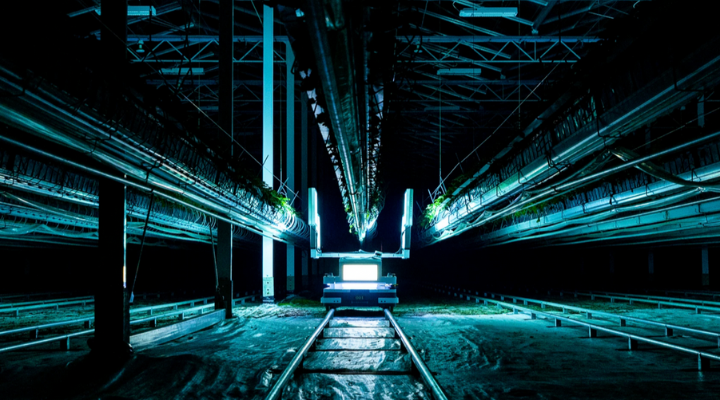
Haste is not good
Robots are slowly but surely taking over people's work, says Schoormans. “Haste is not good, first the quality of the work that the robot delivers must be perfect. Only then you can train at an increasingly higher speed. The first robots have to go through that phase in the greenhouse before a large fleet can get started that works just as well as the first trained robots from day one. For many, it all seems to be going very slowly, but we expect that the first crop robots will be ready to scale up within the next two years.”
Honest aims to eventually have all repetitive manual work in horticulture done by robots. “But we think we can go up to 80% in practice, starting with the two activities that take the most hours: deleafing and harvesting. Some activities are still too challenging for robots. Working with robots in fast-growing crops such as cucumber is also challenging because the bar is high in terms of speed. However, we should not focus exclusively on speed, also remember that, unlike humans, robots work almost 24/7. Speed in combination with the cost price of the robot will ultimately determine the business case, but not without first delivering quality work.”
Fish and chameleon as inspiration
Why reinvent everything when you can also be inspired by nature? That is the starting point of the Bionic Learning Network, an international research network with renowned colleges and institutes, development companies and private inventors. Their new concepts are inspired by the movements of animals.
Festo was the initiator of the Bionic Learning Network in 2006. Gripping, moving and positioning goods and controlling and regulating processes: all of this is done naturally in nature, simply and energy-efficiently. So why not take a closer look at these phenomena and learn from them? The research network got to work with it, which led to some special concepts.
Fishtail fin
For example, the adaptive grasping finger DHAS is based on the behavior of the fish tail fin. If you press against the fin from the side, it does not bend away, but bends around the pressure point. The developers have put this so-called FinRay Effect into practice with the help of two flexible polyurethane belts, which are connected via intermediate bridges. When gripping, the stable, but also yielding gripper fingers adapt easily to the contour of the workpiece. This means that sensitive objects with irregular surfaces can be handled gently and securely. The DHAS is already being used in the food industry, for example when sorting fruit and vegetables.
Tongue of chameleon
The working principle of the DHEF adaptive shape grab is derived from the tongue of a chameleon. To catch prey, the animal shoots its tongue out like a rubber band. Just before the tip of its tongue reaches the insect, the tongue is retracted in the center as the edges advance. In this way, the tongue adapts to the shape and size of the prey in question and can enclose it firmly. The core element of the gripper that has been developed is a silicone cap filled with a slight positive pressure, which resembles the tongue of a chameleon and extends flexibly and form-fitting over the object in question. As a result, a grasping object can be enclosed and held. By controlling with proportional valves, several objects, such as screws from a bowl, can also be picked up.
Would you like to know more about the Bionic Learning Network and the Future Concepts that have been developed in recent years? Read it here!
Share your horticulture technology stories with us
Do you have an innovation, research results or an other interesting topic you would like to share with the international horticulture technology industry? The GreenTech website and social media channels are a great platform to showcase your stories!
Please contact our Brand Marketing Manager Murkje Koopmans.
Are you an GreenTech exhibitor?
Make sure you add your latest press releases to your Company Profile in the Exhibitor Portal for free exposure.
Have exclusive horticulture technology news delivered to your inbox
The GreenTech monthly newsletter brings you the latest exclusive horticulture technology news and updates about our global horticulture technology trade shows and events.
Join over 32,000 of your peers and receive:
☑ Exclusive commentary from industry leaders
☑ The latest news from the GreenTech team
☑ Stay up to date with all the latest news about our events
